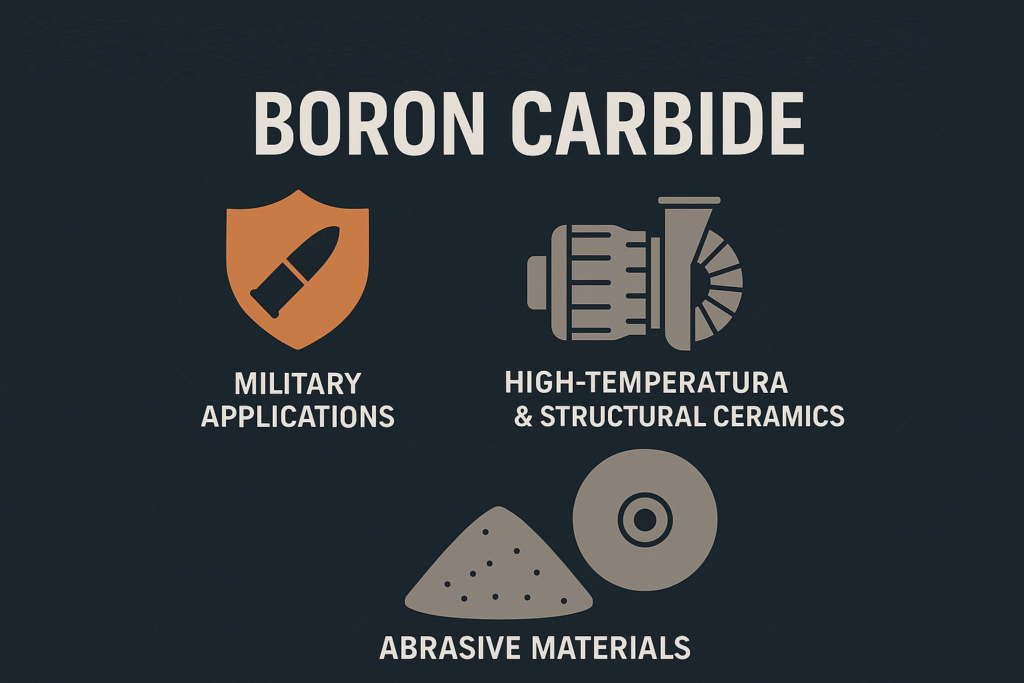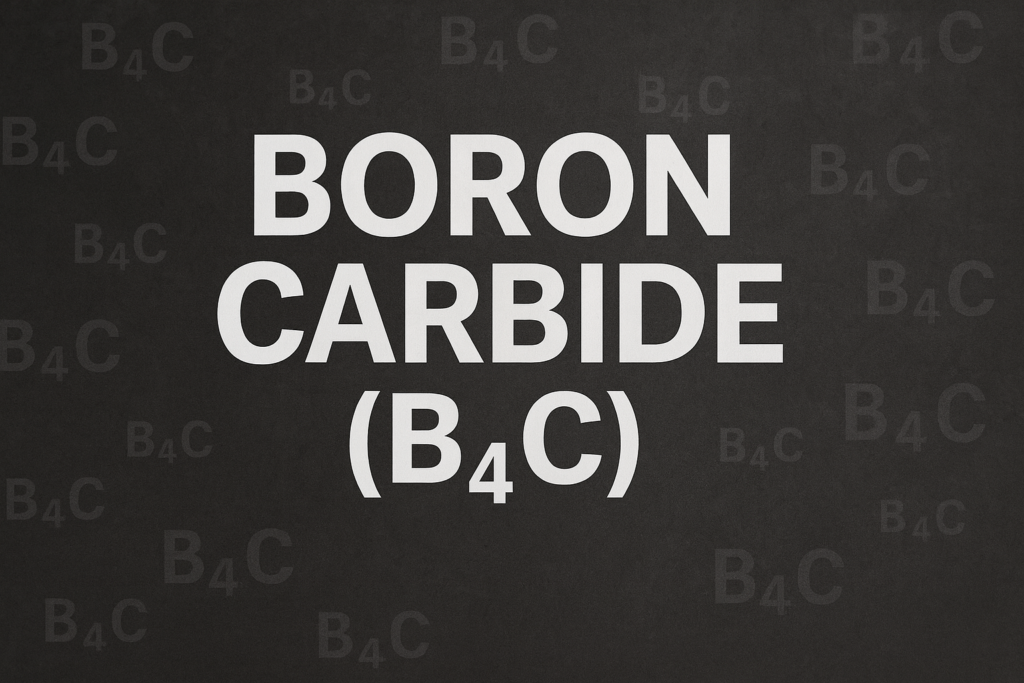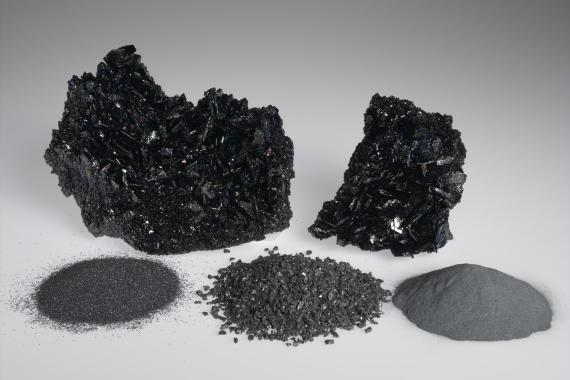When your end users demand sharper, faster, and more consistent abrasives, what material gives you the edge?
If you’re still relying on conventional aluminum oxide or cheaper synthetic options, it’s time to take a closer look at Black Silicon Carbide (SiC) — a material that’s been quietly powering performance breakthroughs across the abrasive industry.
Why Your Abrasives Might Be Holding You Back
Let’s face it — not all grains are created equal.
Traditional abrasives often reach their limit when tackling:
- High-hardness metals
- Brittle ceramics or glass
- Precision-demanding applications
The result? Shorter tool life, inconsistent finishes, and more downtime.
In a competitive market, that’s margin erosion you can’t afford.

What Makes Black SiC a Game-Changer?
Here’s what sets Black Silicon Carbide apart — especially for grinding wheel and abrasive paper manufacturers:
✓ Extreme Hardness
Rated at 9.2–9.5 on the Mohs scale, it outperforms standard corundum in wear resistance and cutting ability.
✓ Sharp, Angular Structure
Its natural grain shape delivers fast stock removal and aggressive cutting — perfect for demanding tasks.
✓ High Thermal Conductivity
Dissipates heat quickly, reducing the risk of burning sensitive materials or weakening the bond matrix. And extends wheel life.
✓ Wide applicability
Black SiC grains are coated onto substrates such as paper, cloth, and resin to produce dry and wetabrasive paper, abrasive discs, and fiber wheels.
They are especially well-suited for processing metal, glass, ceramics, and stone, and can also be used in wet grinding applications to reduce heat buildup.

How Leading Manufacturers Use Black SiC
At GREAT Abrasive, our clients — from grinding wheel factories in Germany to coated abrasive producers in Japan — are integrating Black SiC into:
- Resin-bonded wheels for precision cutting
- Vitrified wheels for hardened tool steels
- Waterproof sandpapers for automotive and glass finishing
- Heavy-duty belts for foundry and metal fabrication
In 2025, the U.S. abrasives-grade black silicon carbide market is valued at USD 314 million, and it is expected to grow at a CAGR of 3.8% through 2035.
The Chinese market is also expanding rapidly, driven by a 4.9% growth rate.
The silicon carbide market is increasingly moving toward high-purity, high-precision customization and sustainable production.

What Grits Are Commonly Used?
| Application | Typical Grit Range | Benefit |
| Grinding Wheels | F12–F150 | High removal rate, stable structure |
| Abrasive paper | P16–P1000 | Smooth surface finish, waterproof options |
| Lapping/Polishing | F800–F1200 | Fine finishing on hard materials |
Custom specs? We’ve got you covered — including low-iron, acid-washed, or bulk-density optimized grades.
Why Choose GREAT Abrasive?
When consistency is everything, your choice of supplier matters.
With decades of expertise, export experience to Europe, North America, and Japan, and a trusted customer base including Tyrolit and Washington Mills, GREAT Abrasive delivers:
- Stable quality with strict production control
- Flexible packaging (Jumbo bags, pallets, custom labels)
- Reliable lead times, even under regulatory constraints
- Responsive support — from your first inquiry to your final shipment





